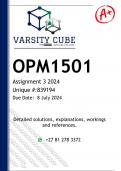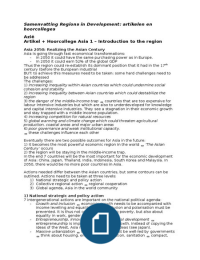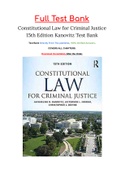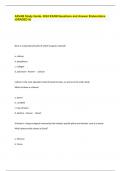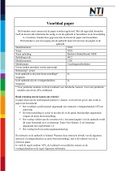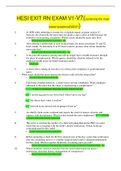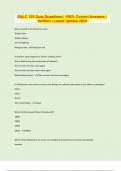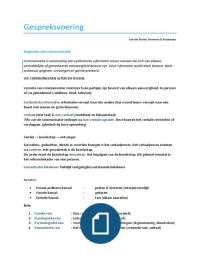Exam (elaborations)
OPM1501 Assignment 3 (DETAILED ANSWERS) 2024 - DISTINCTION GUARANTEED
- Institution
- University Of South Africa (Unisa)
- Book
- Teaching Mathematics
OPM1501 Assignment 3 (DETAILED ANSWERS) 2024 - DISTINCTION GUARANTEED Answers, guidelines, workings and references ................... Question 1 1.1. Complete the following function machines so that the inputs give the correct outputs: a) 32 224 (3) b) 1080 − 960 (3) c) 525 25 (3) d) 5...
[Show more]
